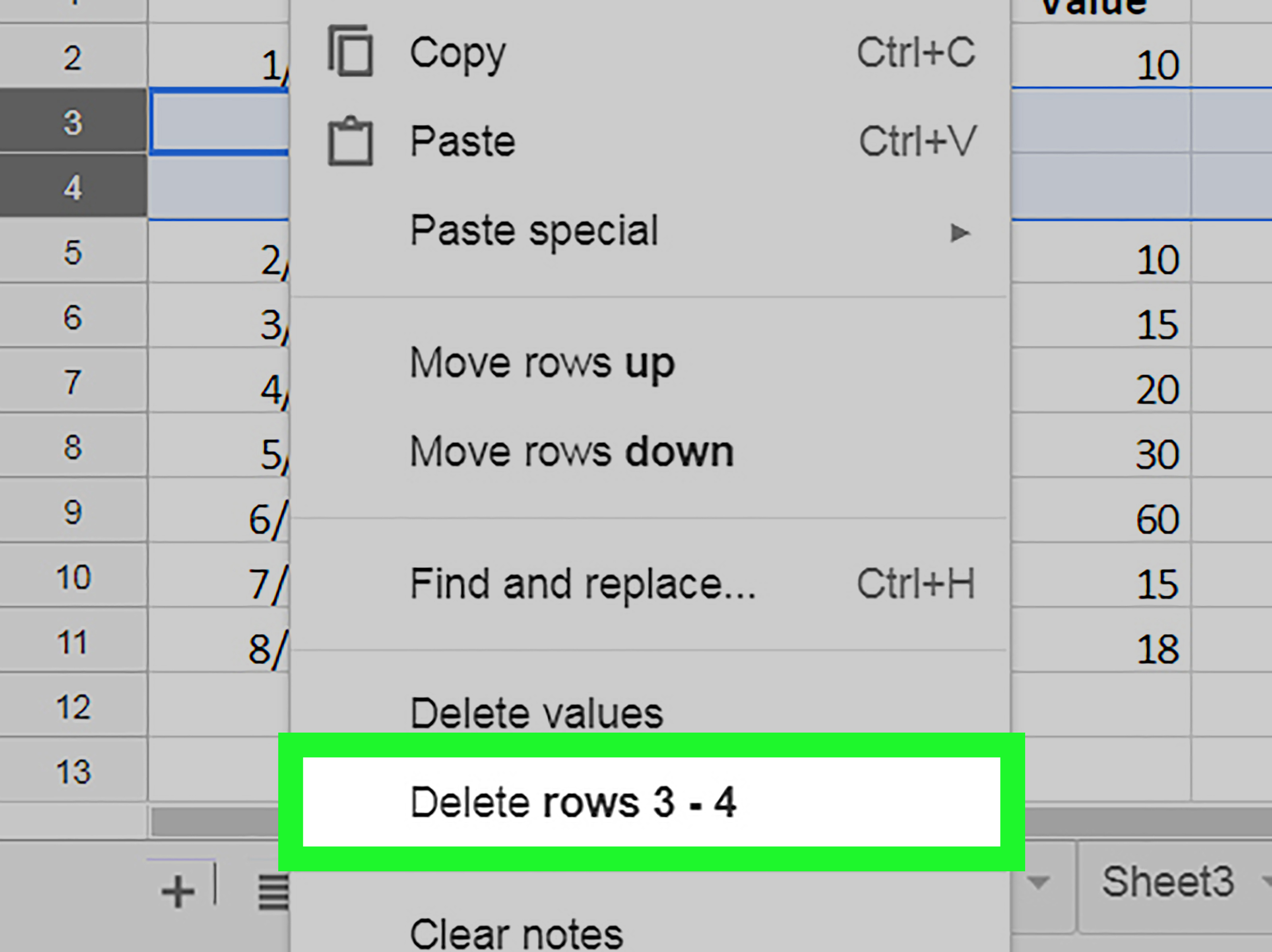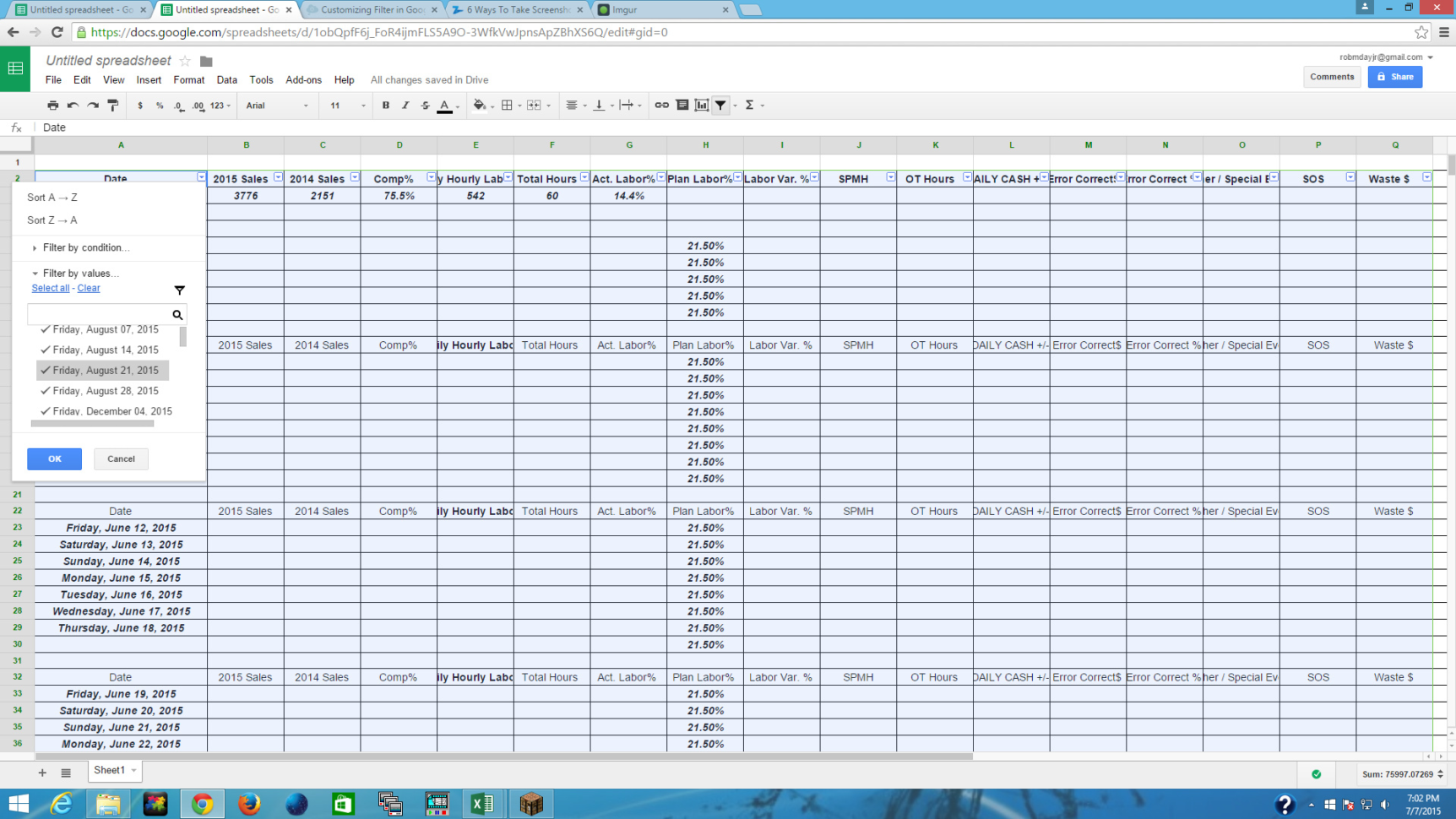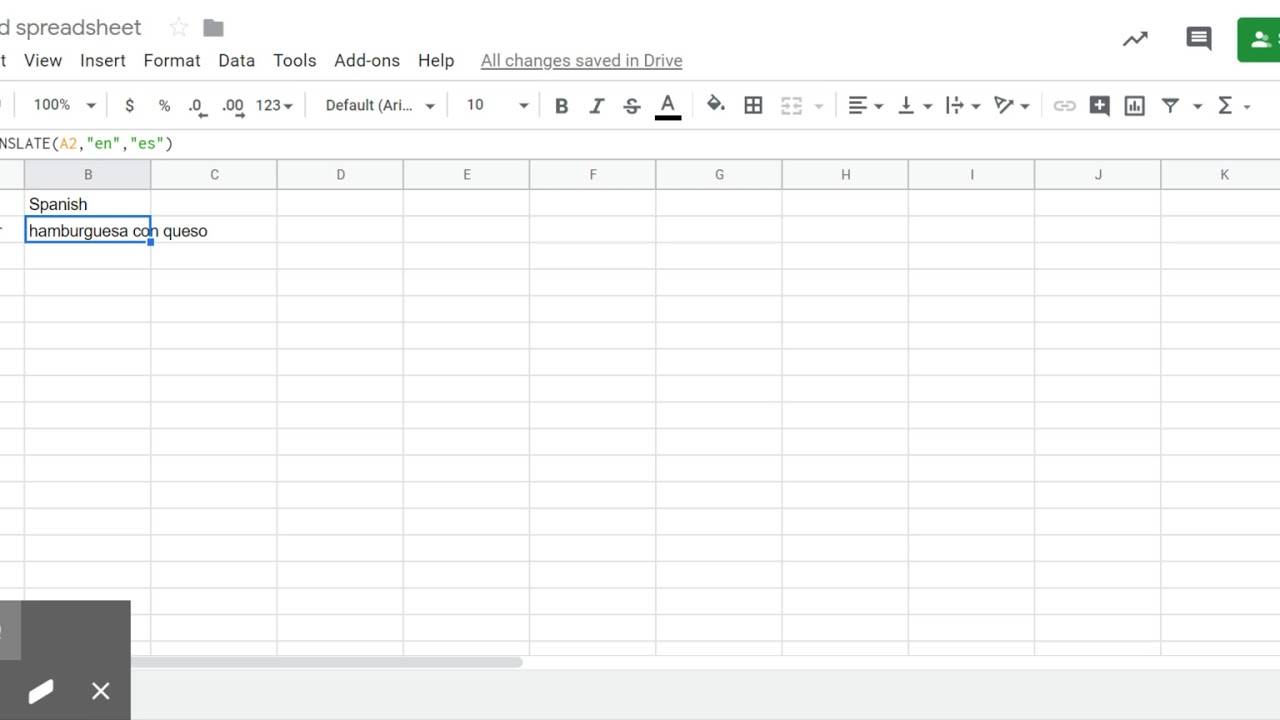Untitled Spreadsheet often begins as a simple default name when you quickly create a new document, yet it can lead to more complexity than expected. As the story of each spreadsheet unfolds, the choice to leave it untitled or not can drastically impact your workflow, especially in bustling work environments or collaborative projects where organization is key.
Whether in cloud-based apps or local files, spreadsheet programs usually save new documents as “Untitled Spreadsheet” until you give them a proper name. This small oversight can multiply into confusion, lost files, or duplicated work if left unchecked. Understanding why meaningful naming matters, and how to implement best practices, can save time and headaches while streamlining teamwork and maintaining data integrity.
Introduction to Untitled Spreadsheet
Most people using spreadsheet applications have encountered the generic “Untitled Spreadsheet” document at some point. This default naming occurs across popular platforms like Google Sheets, Microsoft Excel, and LibreOffice Calc when you create a new file and haven’t specified a name yet. It’s a standard behavior designed to let users start working quickly, but it can introduce several organizational drawbacks if not addressed promptly.
When you save a new spreadsheet without assigning a custom name, the application typically labels it as “Untitled Spreadsheet” (or a local equivalent). This placeholder title persists until you intentionally rename the file. If you continue working with several untitled documents, you risk losing track of critical information, overwriting important data, or confusing collaborators. Leaving spreadsheets unnamed makes it harder to search, retrieve, and manage your files, especially as your digital workspace grows larger.
Common Scenarios for Untitled Spreadsheet Creation
Untitled spreadsheets are most often created in fast-paced work environments or during brainstorming sessions. Users may quickly open a new file to jot down ideas, perform calculations, or import data for temporary analysis. In collaborative settings, multiple users might generate untitled spreadsheets simultaneously while working on different aspects of a project.
Default Behaviors in Spreadsheet Applications
Across major spreadsheet platforms, the experience is largely similar:
- Google Sheets assigns “Untitled Spreadsheet” to every new file until renamed.
- Microsoft Excel often uses “Book1,” “Book2,” and so on, as default names for new files before saving.
- LibreOffice Calc and similar tools use variants like “Untitled 1.”
These default behaviors are intended to lower friction but can lead to a backlog of poorly-labeled documents if left unmanaged.
Issues with Leaving Spreadsheets Untitled
Untitled spreadsheets create several challenges for both individuals and teams. As the number of untitled documents increases, distinguishing between them becomes difficult. This can result in accidental data loss, redundant versions, and decreased productivity. For organizations relying on shared drives and collaborative editing, untitled files can also compromise workflow transparency and accountability.
Naming Conventions for Spreadsheets
Assigning clear, descriptive names to your spreadsheets is a foundational step in digital organization. Meaningful file naming improves your ability to locate documents quickly, reduces the risk of errors in teamwork, and streamlines future data retrieval. Effective naming conventions benefit not only individuals but also entire teams, especially in environments where files are frequently shared and updated.
Best Practices for Naming Spreadsheets
Establishing consistent guidelines for naming your spreadsheets helps maintain order and clarity. The following best practices can prevent confusion and support efficient file management:
- Include relevant dates using the YYYY-MM-DD format for chronological sorting.
- Use specific project, client, or task names to identify the spreadsheet’s purpose.
- Avoid spaces and special characters that might cause issues with certain systems; use underscores or dashes instead.
- Maintain brevity while ensuring sufficient detail (e.g., “2024_Q2_Budget_Report” instead of “Budget”).
- Use version numbers or status tags for drafts and iterations (e.g., “v1,” “Final,” “Draft”).
Comparison of Naming Approaches for Different Use Cases
Choosing the right titling approach depends on whether the spreadsheet is for personal tracking, team collaboration, or project management. For personal use, simpler names might suffice, whereas for team or project files, standardized structures are crucial.
- Personal Use: Short, context-rich titles work well, such as “Monthly Expenses 2024.”
- Team Use: Incorporate department or team names to clarify ownership, e.g., “HR_Onboarding_List_April2024.”
- Project Use: Combine project codes, deliverables, and deadlines, like “PRJ458_ClientPresentation_2024-06-15.”
Standardizing naming conventions across your organization helps everyone find, update, and manage files with minimal confusion.
Risks and Challenges of Using Untitled Spreadsheets
Neglecting to name spreadsheets can result in several practical issues, especially as the number of untitled files grows. These problems can impact both productivity and data integrity, leading to avoidable setbacks in both individual and team workflows.
Problems from Multiple Untitled Spreadsheets
When you accumulate several files all named “Untitled Spreadsheet,” it becomes nearly impossible to distinguish one from another at a glance. This lack of clarity can lead to accidental overwrites, misplacement of important data, and difficulty in tracing document changes over time.
Consequences of Untitled Spreadsheets
The following table Artikels some of the most common and damaging outcomes of leaving spreadsheets untitled:
| Issue | Consequence | Real-World Example |
|---|---|---|
| Lost Data | Important information may be unrecoverable due to confusion or accidental deletion. | An analyst deletes the wrong “Untitled Spreadsheet” believing it to be a duplicate, losing critical client metrics. |
| Confusion | Team members waste time opening multiple files to find the correct document, disrupting workflows. | During a meeting, the team struggles to identify which “Untitled Spreadsheet” contains the finalized budget figures. |
| Duplication | Same data is entered in multiple untitled files, creating inconsistent records. | Two colleagues independently compile sales reports in separate untitled documents, leading to conflicting versions. |
Steps to Avoid Risks in Collaborative Environments
To mitigate these risks, it’s crucial to establish guidelines and promote proactive habits within teams:
- Encourage immediate renaming of new spreadsheets upon creation.
- Implement shared naming conventions for all collaborative documents.
- Assign responsibility for file management and regular cleanup of untitled or redundant files.
- Leverage document management tools that flag or restrict untitled files in shared drives.
Clear file naming and structured collaboration minimize the risk of mistakes and ensure smoother teamwork.
Methods for Organizing and Managing Spreadsheets
Effective spreadsheet management extends beyond naming; it involves systematic organization and categorization practices. Whether operating in a cloud-based or local environment, having a clear procedure for renaming, categorizing, and storing files helps maintain order and boosts productivity.
Procedure for Renaming and Categorizing Spreadsheets
Proactive management of spreadsheets ensures that important documents are easily accessible and less likely to be misplaced. Below is a step-by-step procedure applicable in both cloud-based and local environments:
- Open the spreadsheet immediately after creation.
- Rename the file using established naming conventions before adding data.
- Assign relevant tags or categories, if the platform supports metadata.
- Move the file to an appropriate folder or directory based on its content or project affiliation.
- Regularly review folders to archive, delete, or update outdated files.
Organizational Tools, Methods, Benefits, and Examples
Organizational strategies can be enhanced with the right combination of tools and approaches. The table below illustrates different methods and their applications:
| Tool | Method | Benefits | Example |
|---|---|---|---|
| Google Drive | Color-coded folders and custom file names | Quick visual sorting, improved searchability | Marketing_Reports/2024/June_Social_Metrics |
| Microsoft OneDrive | Shared libraries with permission settings | Centralized access, version tracking | Finance/Quarterly/2024_Q1_PnL_v2 |
| Local Folders | Hierarchical directory structures | Clear separation by project or topic | Clients/AcmeCorp/Budget_Planning_2024 |
| Excel Metadata | Document properties and custom tags | Enhanced filtering, better context | Property tags: “Q2 Report,” “Confidential” |
Folder Structuring and Metadata Strategies
A strong folder structure is essential for easy retrieval and collaboration. Use a hierarchy that reflects the scope and depth of your projects, such as top-level folders for each department, with subfolders for years, quarters, or specific clients. Incorporate metadata tags where possible to add searchable attributes like project codes or document types. This dual strategy supports both manual and automated organization, making it easier to locate specific spreadsheets when needed.
Collaborative Workflows Involving Untitled Spreadsheets

In collaborative environments, the presence of untitled spreadsheets can lead to serious workflow inefficiencies. Without distinct names, teams may struggle to identify ownership, track progress, or ensure that everyone is working on the correct version of a document. These issues become increasingly complex as the number of contributors and documents grows.
Issues in Multi-User Scenarios
When several users create or edit untitled spreadsheets at the same time, the risk of overwriting each other’s work rises dramatically. Files may be duplicated, edited simultaneously, or even deleted unintentionally. This confusion can halt project momentum and impact overall data integrity.
Version Control Practices to Minimize Confusion
Implementing robust version control minimizes the chaos associated with untitled files. The following practices are essential for smooth collaboration:
- Rename every new spreadsheet before sharing or inviting collaborators.
- Utilize version numbers and update logs within file names (e.g., “Draft_v2,” “Reviewed_2024-04-10”).
- Designate a single source of truth for each project or file, with clear ownership.
- Regularly archive or delete outdated versions to prevent clutter and miscommunication.
- Leverage built-in version history features available on cloud platforms for rollback and auditing.
Influence of Access Permissions on Document Management

Access permissions play a vital role in document management. Restricting editing rights to designated team members prevents accidental file renaming or deletion. Configuring view-only access for broader audiences ensures that core documents remain intact, while still allowing stakeholders to stay informed. Clear permission settings help maintain accountability and reduce the incidence of unintentional errors or loss of important data.
Automation and Naming through Templates
Automating spreadsheet creation with templates can dramatically reduce the occurrence of untitled files. By starting with pre-named templates, organizations ensure that every new document follows established naming conventions and organizational standards right from the outset.
Pre-Named Templates for Reducing Untitled Documents
Templates not only provide a structural starting point but can also embed naming conventions, metadata, and formatting guidelines. This approach limits errors, saves time, and enhances consistency across all files created by individuals or teams.
Manual Naming vs. Template-Based Naming
The following table compares manual and template-based approaches for naming spreadsheets:
| Manual Naming | Template-Based Naming |
|---|---|
| Relies on each user to remember and apply naming standards. | Automatically applies pre-set naming conventions when creating new files. |
| Higher risk of inconsistencies, errors, and untitled documents. | Ensures uniformity and reduces time spent on file management. |
| Requires frequent training and reminders for best practices. | Minimizes training needs by embedding rules within templates. |
| Best for ad-hoc or one-off documents. | Ideal for recurring reports, standard forms, and team deliverables. |
Procedures for Setting Up Naming Conventions in Templates
To implement naming conventions via templates, follow these steps:
- Create a master template with placeholder text indicating where specific details (like project name or date) should be entered.
- Include guidance or instructions within the template on naming rules and conventions.
- Distribute templates through shared drives or cloud repositories accessible to all relevant users.
- Configure template permissions to prevent unauthorized alterations to naming formats.
- Review and update templates regularly to reflect evolving organizational needs and standards.
This approach fosters a culture of consistency and significantly reduces the prevalence of untitled or misnamed spreadsheets across the organization.
Illustrative Scenarios and Case Studies
Examining real-world scenarios highlights the tangible impact of poor spreadsheet naming and organization. Such examples underscore the importance of robust file management practices for both efficiency and data security.
Workplace Scenario Impacted by Untitled Spreadsheets
“During the quarterly review at a mid-sized marketing agency, team members discovered multiple files labeled ‘Untitled Spreadsheet’ in their shared drive. With deadlines looming, staff spent valuable hours opening each file to locate the accurate campaign performance report. Critical data was nearly lost after one untitled document was mistakenly deleted, delaying the entire reporting process.”
Resolving Naming and Organization Issues in a Team Setting
To address this challenge, the agency implemented a mandatory file naming policy. They introduced standardized template files for all recurring reports, embedding naming conventions and version numbers within each template. A short training session was held to familiarize the team with the new process and emphasize its importance. Folders were restructured according to campaign, client, and quarter, making it far easier to locate and update files.
Lessons Learned from Real-World Experiences
Teams that invest time in establishing clear naming conventions and organizational structures save significant effort in the long run. These measures reduce confusion, prevent accidental data loss, and foster a more accountable and collaborative work environment. Organizations that periodically revisit and reinforce these practices remain agile and efficient, even as their data volumes increase.
Recommendations for Preventing Untitled Spreadsheet Issues
Proactive strategies are essential for individuals and teams aiming to eliminate the chaos caused by untitled spreadsheets. By adopting standardized procedures and reinforcing best practices through training and policy, it’s possible to foster more organized, efficient, and secure document management.
Actionable Steps to Avoid Untitled Files

Implementing these steps will help prevent the creation and accumulation of untitled spreadsheets:
- Always assign a descriptive name to every new spreadsheet before inputting data.
- Establish and communicate clear naming conventions for all types of files.
- Utilize templates wherever possible to embed naming standards and reduce manual input.
- Regularly audit shared drives to identify and rename any lingering untitled documents.
- Assign file management roles within teams to oversee compliance and provide guidance.
Checklist Before Creating New Spreadsheets
A reference checklist ensures that spreadsheet organization becomes a habit:
- Is this spreadsheet for personal, team, or project use?
- Have you selected a meaningful file name that meets naming standards?
- Are you using a template that includes proper naming conventions?
- Is the file stored in the correct folder or directory?
- Are relevant access permissions set to control editing and sharing?
Role of Training and Policies in Enforcing Naming Standards, Untitled Spreadsheet
Ongoing training ensures that all staff understand the importance of naming and organizing spreadsheets. Regular workshops, written guidelines, and reminders can reinforce these habits. Policies mandating proper file naming and organization should be implemented, with checks in place for compliance. Over time, these efforts create a culture where well-organized, easily located spreadsheets are the norm, not the exception.
Closing Summary
In summary, addressing the habit of leaving spreadsheets untitled is more than just a technical fix—it’s a vital part of staying organized and productive. By applying naming conventions, leveraging templates, and fostering clear policies, teams and individuals can greatly reduce confusion and boost efficiency. A few simple changes can turn the chaos of countless “Untitled Spreadsheet” files into a well-ordered digital workspace.
Helpful Answers
Why do spreadsheets default to the name “Untitled Spreadsheet”?
Most spreadsheet applications use this default name for new documents to prompt users to assign a unique and meaningful title when saving.
Can having several untitled spreadsheets cause problems?
Yes, multiple untitled spreadsheets can lead to confusion, lost data, accidental overwrites, and difficulty locating the right file later on.
How do I rename an untitled spreadsheet?
You can usually click on the file name at the top of your spreadsheet editor or use the “Save As” option to enter a new name.
Are there tools to help manage untitled files?
Yes, many cloud and local applications offer organizational tools like folders, tags, and templates to help categorize and find your documents more efficiently.
What are some best practices for naming spreadsheets?
Use clear, descriptive titles that include project names, dates, or team identifiers, and follow consistent naming conventions agreed upon by your team or organization.